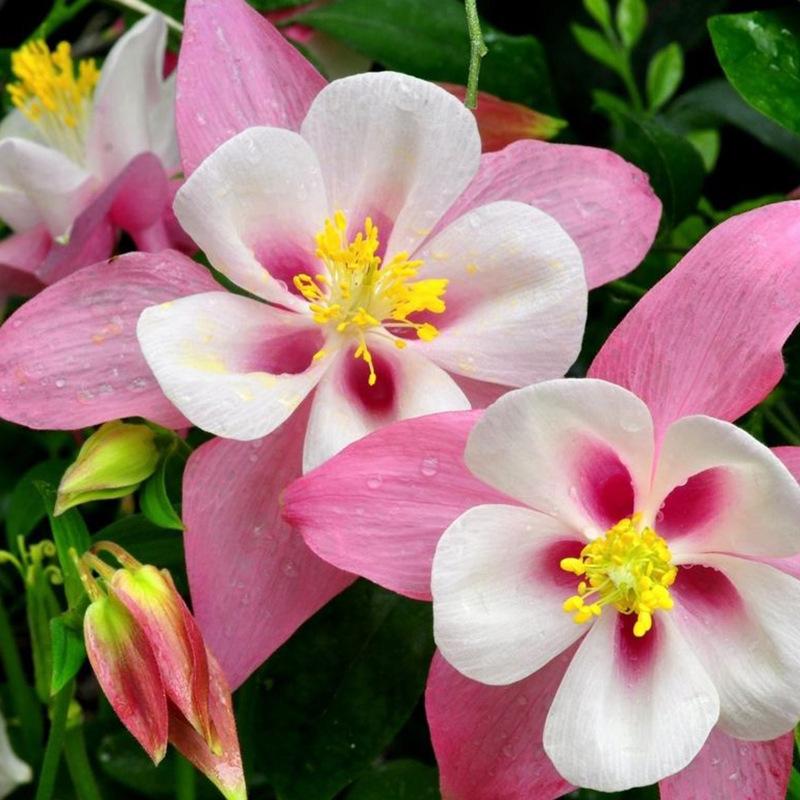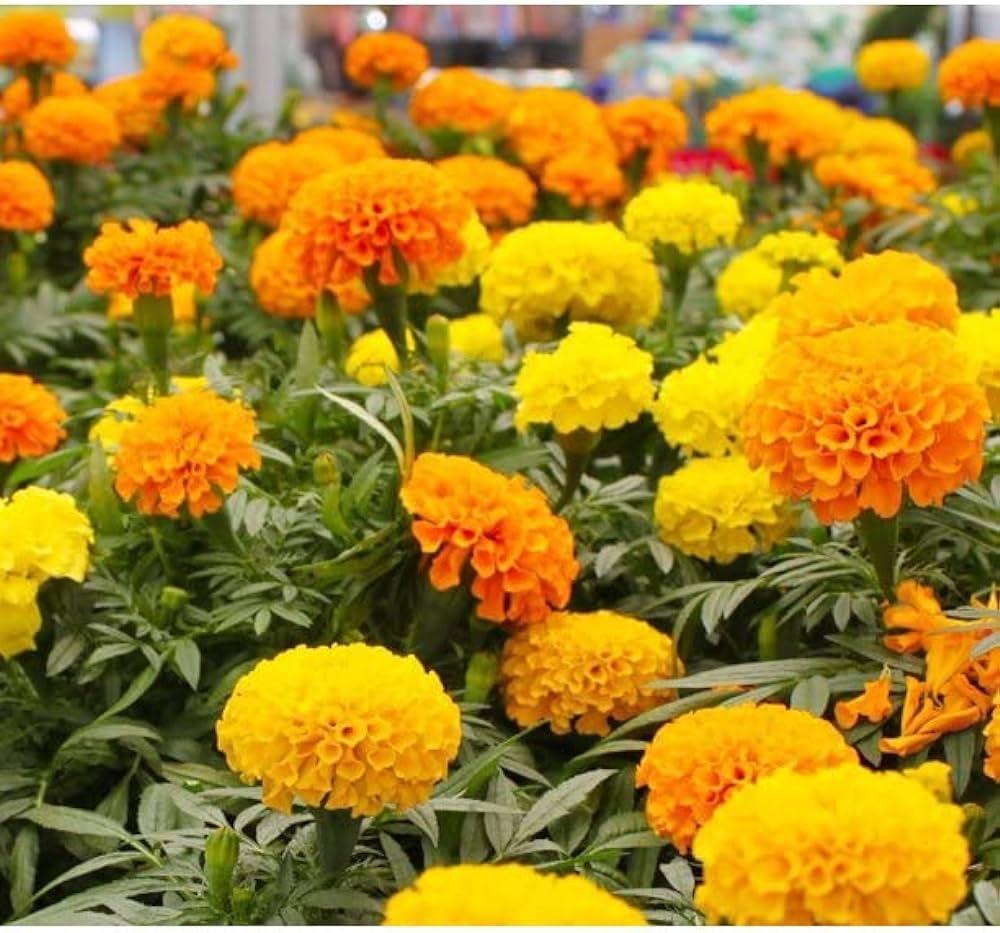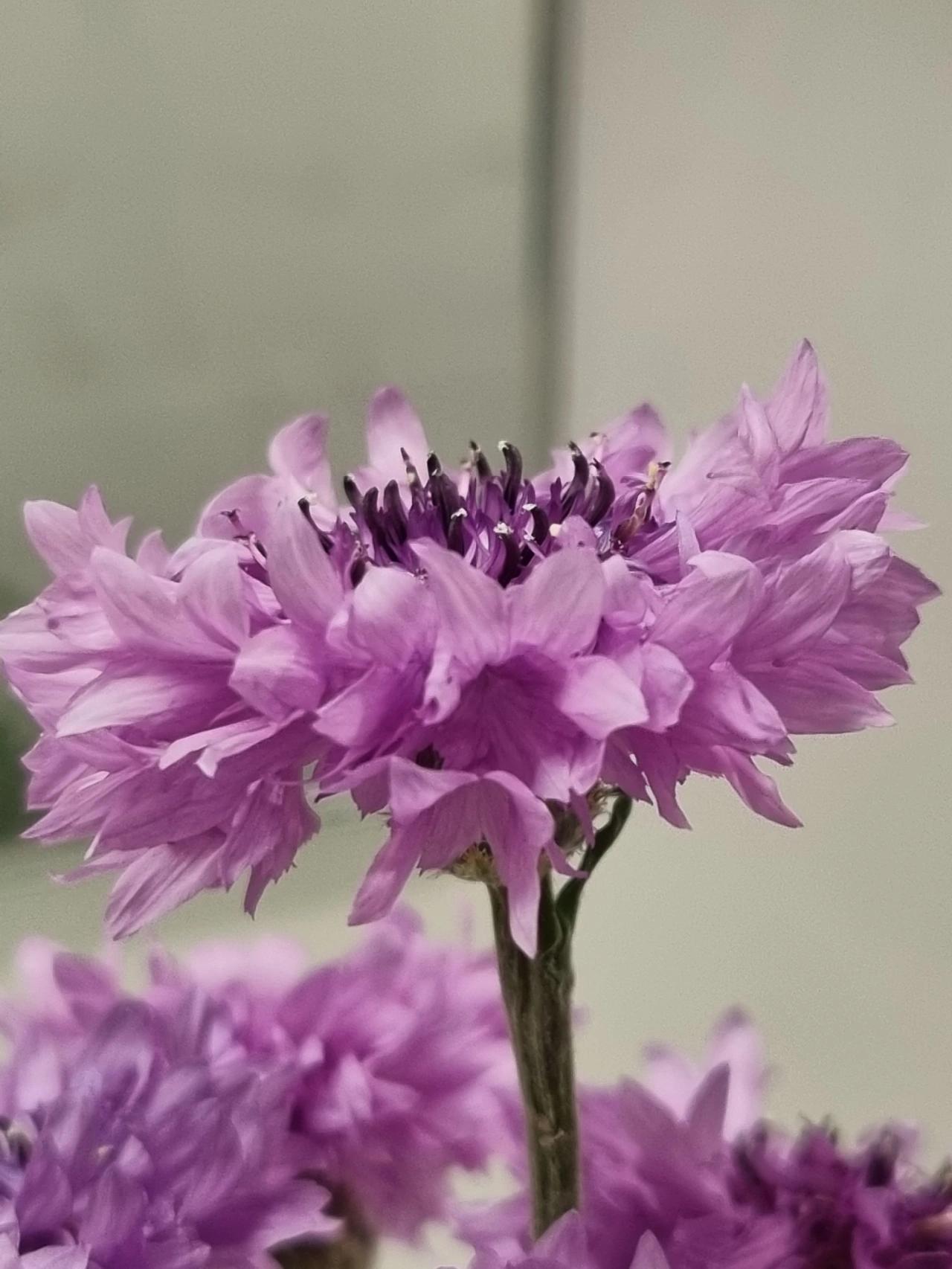Ceratophyllum, also known as Hornwort, has an intriguing story. This aquatic plant has a unique characteristic – it lacks true roots. Instead, it anchors itself to the ground using fine hairs. Legend has it that when ancient sailors discovered Ceratophyllum floating freely on water surfaces, they believed it possessed magical powers. The plant’s ability to thrive in various aquatic environments made it seem otherworldly. Some even believed that touching the plant could bring good luck and protect against evil spirits. To this day, the mystique surrounding Ceratophyllum continues to capture the imagination of nature enthusiasts worldwide.
Picture
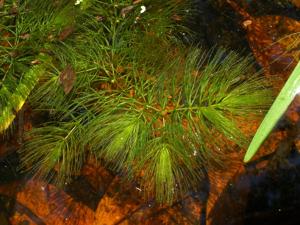
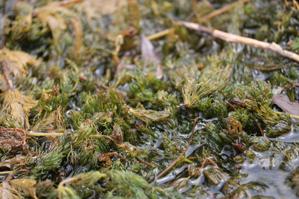
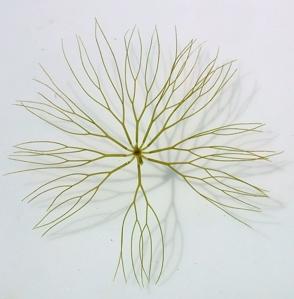
Plant some seeds now!
Short Description
Ceratophyllum is a cosmopolitan genus of flowering plants including four accepted living species in 2016, commonly found in ponds, marshes, and quiet streams in tropical and in temperate regions. It is the only extant genus in the family Ceratophyllaceae, itself the only extant family in the order Ceratophyllales. They are usually called coontails or hornworts, although hornwort is also used for unrelated plants of the division Anthocerotophyta.
Ceratophyllum grows completely submerged, usually, though not always, floating on the surface, and does not tolerate drought. The plant stems can reach 1–3 m in length. At intervals along nodes of the stem they produce rings of bright green leaves, which are narrow and often much-branched. The forked leaves are brittle and stiff to the touch in some species, softer in others. Roots are completely absent and are missing even in the embryonic stage, but sometimes they develop modified leaves with a rootlike appearance, which anchor the plant to the bottom. Also stomata are missing. The flowers are small and inconspicuous, with the male and female flowers on the same plant. In ponds it forms thick buds (turions) in the autumn that sink to the bottom which give the impression that it has been killed by the frost but come spring these will grow back into the long stems slowly filling up the pond.

